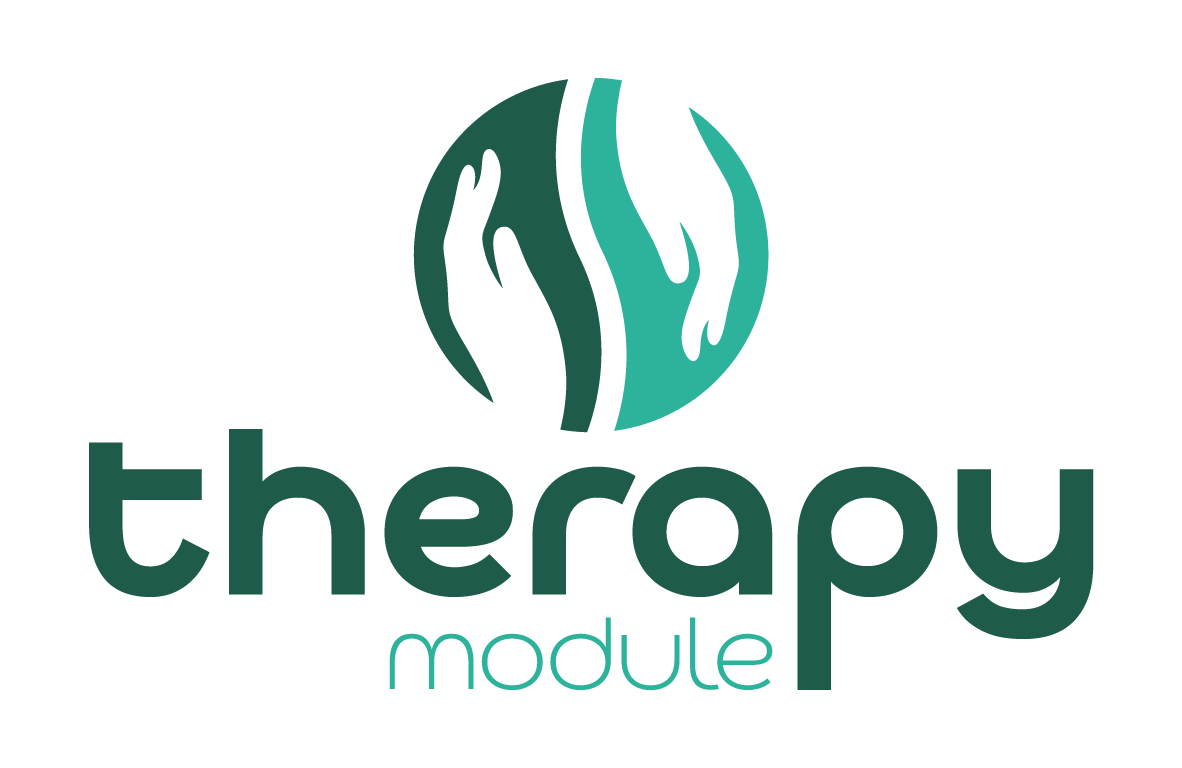EMDR for Children and Adolescents
The text discusses the use of Eye Movement Desensitization and Reprocessing (EMDR) therapy in children and adolescents. EMDR is a relatively new method that has shown positive results in research. It has provided new opportunities for therapists working with young individuals and enriched therapeutic tools.
EMDR therapy in children and adolescents requires collaboration and support from families, similar to other therapy models. Motivating children and adolescents who may not have voluntarily sought therapy is crucial for successful outcomes.
Modifications can be made to the standard EMDR protocol when working with young individuals, such as emphasizing the cause of the event and breaking therapy goals into smaller steps. Clarity, imagination, and avoiding excessive focus on cognitions, emotions, or bodily sensations are preferred when working with children and adolescents. The EMDR process tends to be slightly faster for young individuals compared to adults.
Phobic Responses in Children and EMDR
The text also discusses two specific applications of EMDR in children and adolescents. In the treatment of phobic responses, EMDR was administered to children who had direct experiences related to specific phobias. The results showed that children were able to express their fears, explore negative images, and describe emotions and bodily sensations. EMDR helped children overcome their fears and develop coping skills.
In the case of indirect fears, EMDR was used with children who had fears related to real-life situations such as burglars, dark places, or dogs. Some children received only EMDR, while others combined it with art therapy and cognitive-behavioral therapy. The results demonstrated that EMDR can effectively address children’s fears. Children were able to name safe places, identify negative beliefs, describe emotions and bodily sensations, and visualize feared situations. They achieved unique resolutions to cope with their fears, and therapeutic gains were maintained in the follow-up period.
Overall, the studies highlighted the positive impact of EMDR in addressing phobic responses and indirect fears in children and adolescents, with lasting therapeutic benefits.
Detailed information can be found here.

